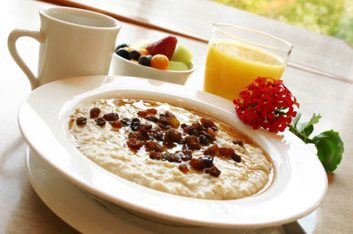
Don’t skimp on breakfast
A modest morning meal of whole grains and fruit provides a golden opportunity to get as much as a third of your daily fibre. Look for a cereal with 5 grams of fibre or more (make sure you still look at total carbs and it fits your program). Enjoy whole-grain bread instead of bagels and rolls made with white flour. Change the flour in your pancake and waffle mixes to whole wheat. Add fruit to the batters.
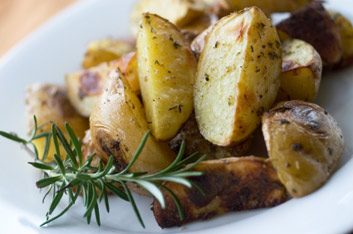
Eat the skins (and some seeds)
Scrub the skins on edible fruits and vegetables, but don’t peel! A potato goes from 3.6 grams of fibre to 2.3 when it is skinned. The seeds in berries, kiwis and figs also supply fibre, so be sure to try these and add variety to your diet.
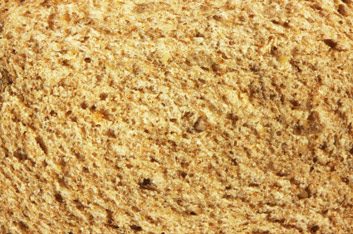
Be a booster
Add wheat germ or bran to meat loaf and casseroles. Or sprinkle some in yogurt. Add bran or wheat germ into bread crumbs. Each tablespoon of bran adds 1 gram of fibre.
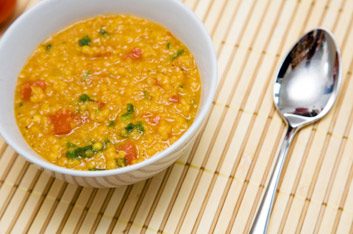
Think beans
Beans are a great source of fibre. A half-cup serving supplies anywhere from 4 to 10 grams of fibre. Try split-pea or lentil soup for a fibre-rich lunch. Add beans to a salad, or fill a soft tortilla with heated beans.
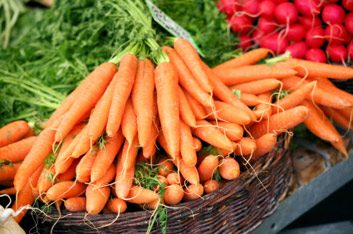
Add produce, too
Vegetables such as carrots and corn are good sources of fibre. Add extra into casseroles, soups, salads, sandwiches and pasta. Fresh, frozen or even canned-it doesn’t matter.
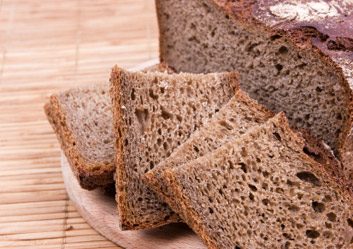
Switch from white to brown
Think whole-wheat pasta, brown rice, and whole-wheat flour versus the white versions. Be aware, however, that even if a food looks brown, it does not necessarily mean it is high in fibre. Check the label. In order to be considered a good source of fibre, a product has to have 4 grams of fibre per serving; a high source, 6 grams. Don’t be fooled by brown bread that actually has little whole-grain flour; it’s getting its brown look from colouring or molasses.
Related:
• 5 fabulous high-fibre meals
• 10 tasty ways to prepare beans and lentils
• Our best healthy breakfast recipes
